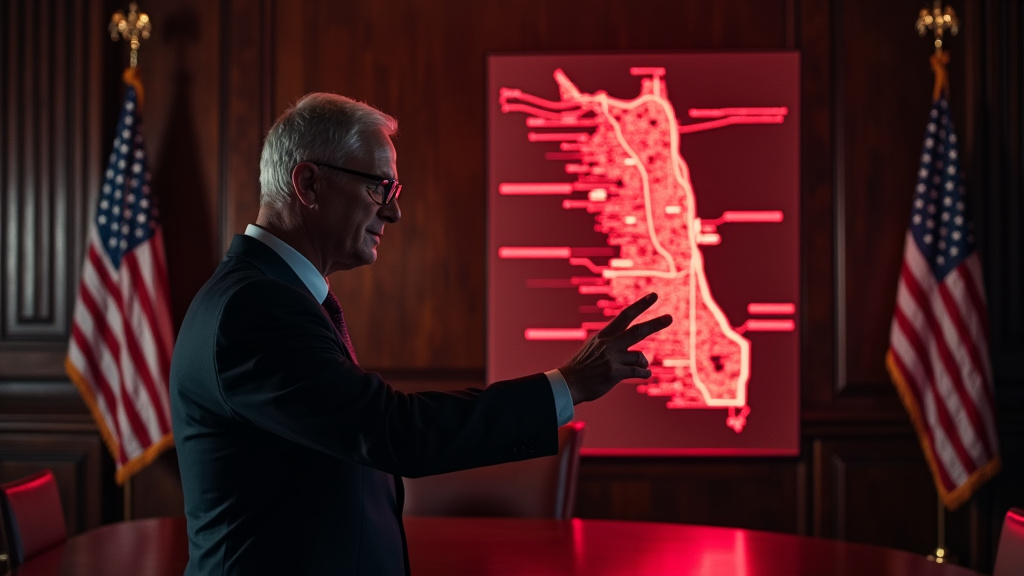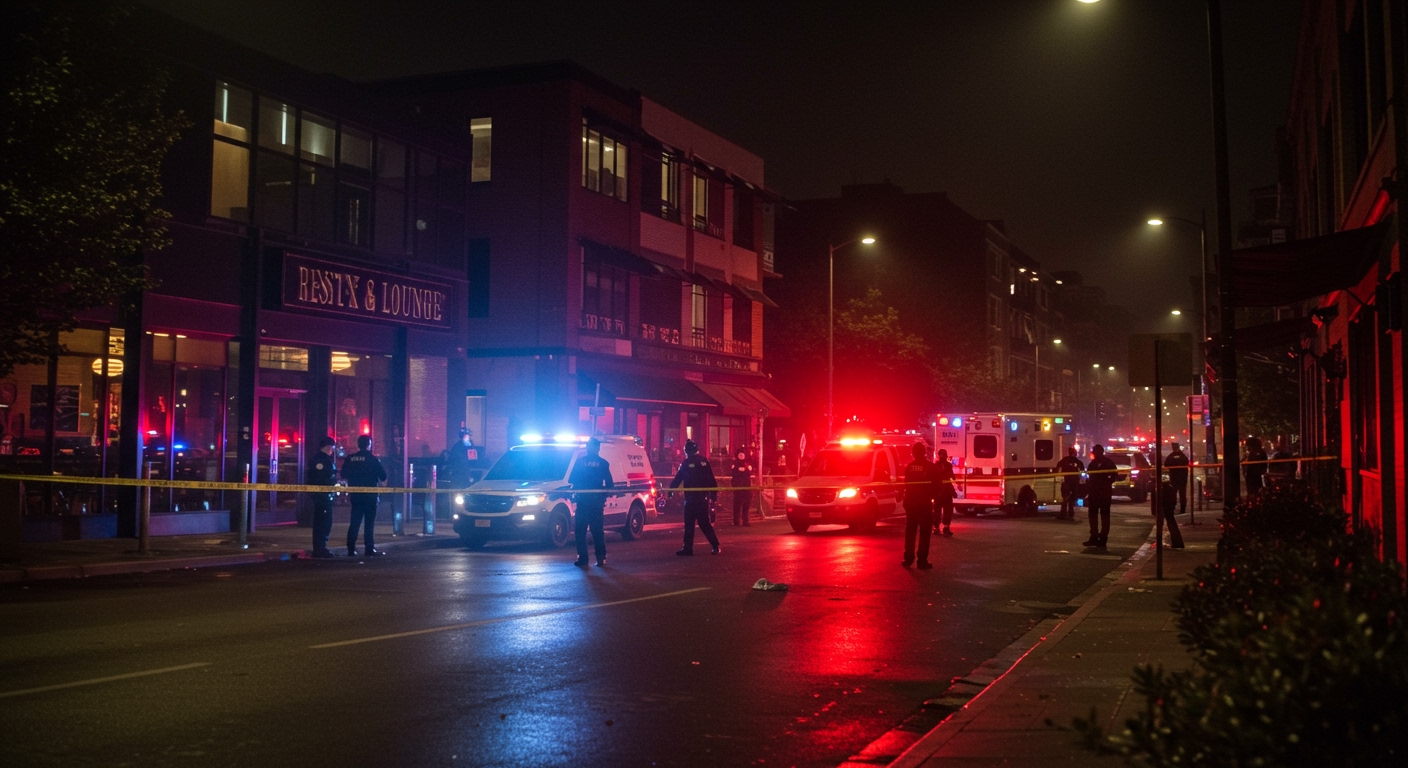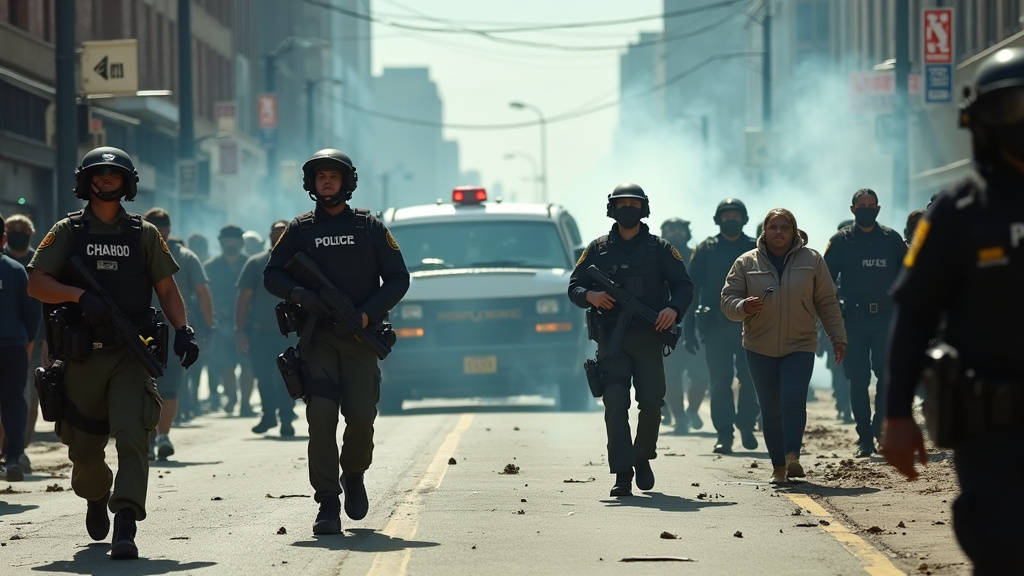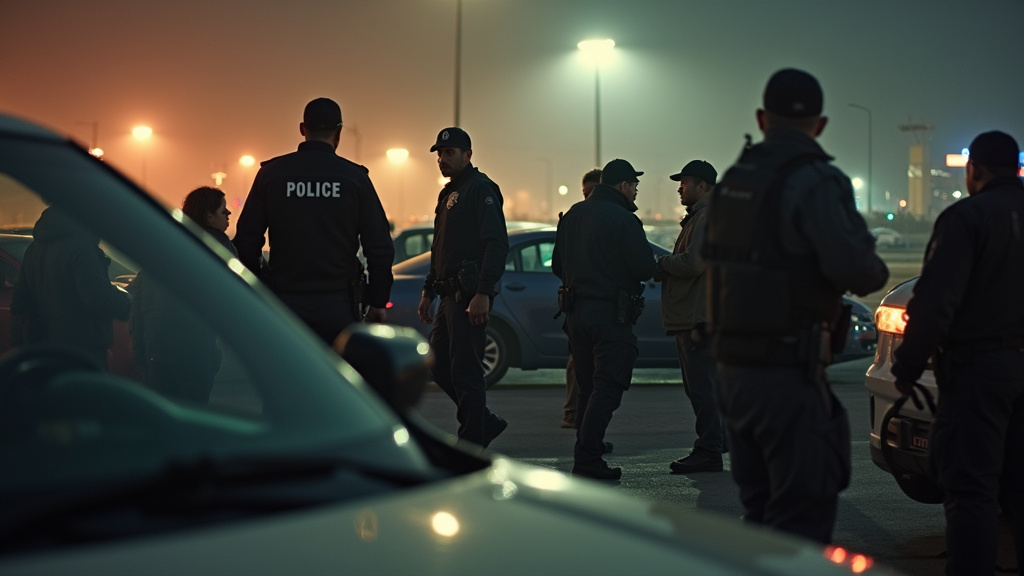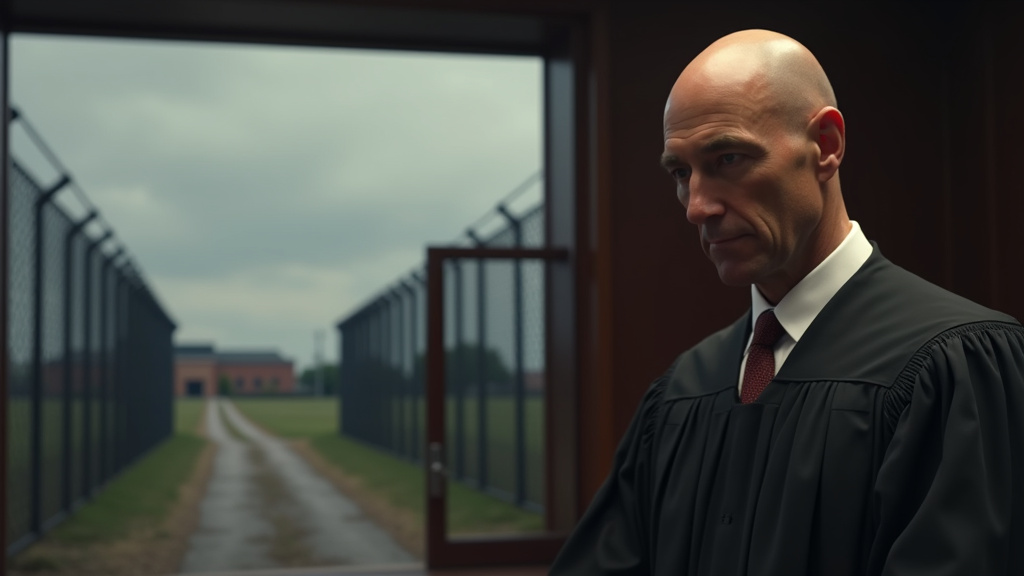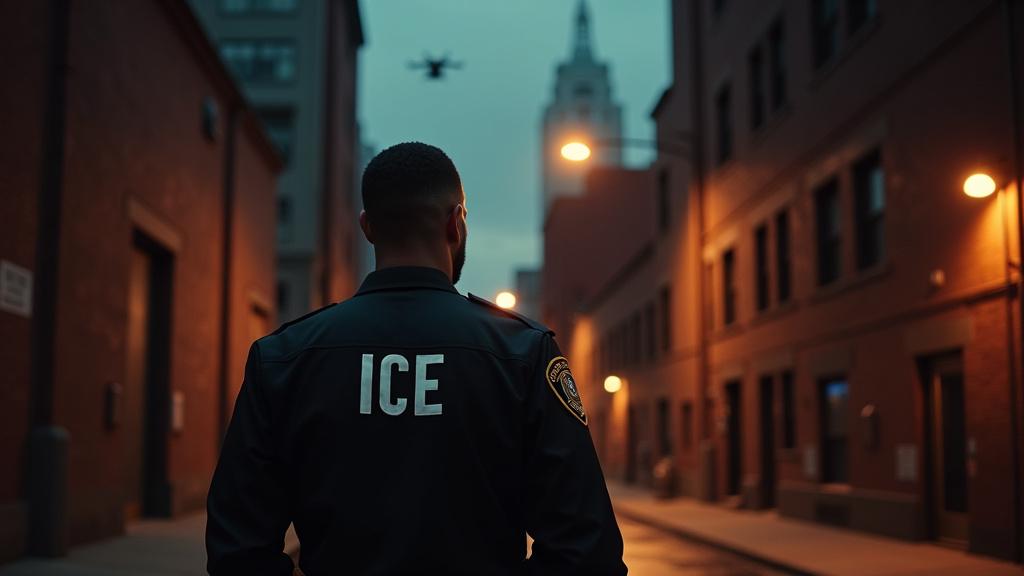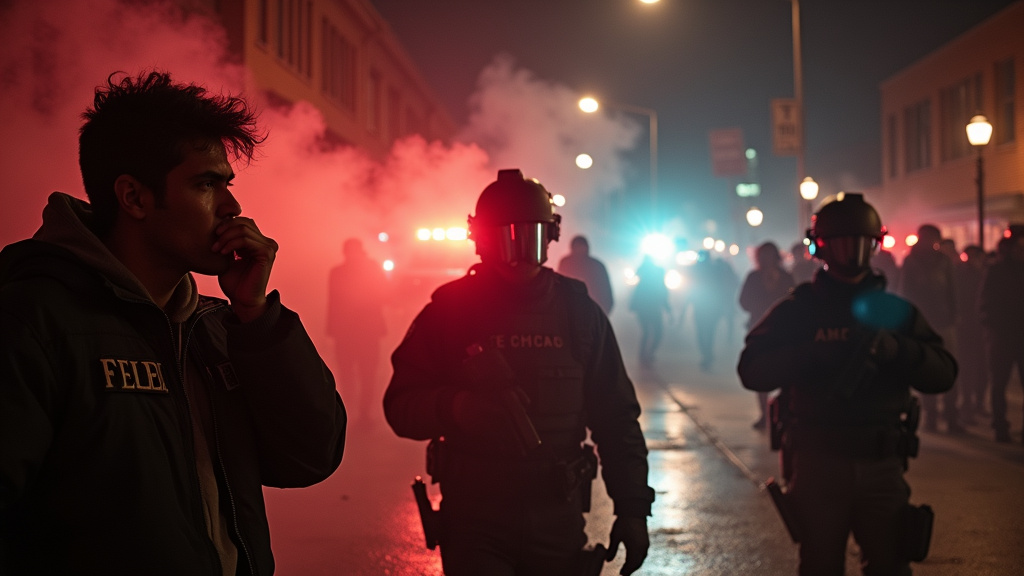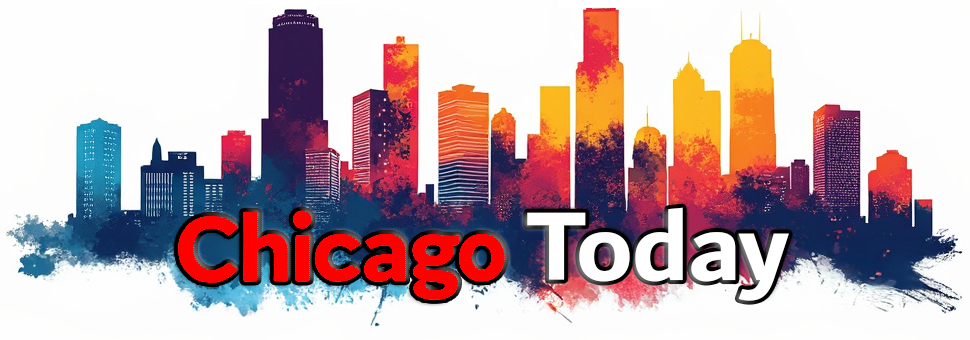CHICAGO, IL – October 14, 2025 – Federal immigration agents deployed tear gas on Chicago’s Southeast Side Tuesday afternoon, escalating a tense confrontation that followed a vehicle pursuit and crash involving U.S. Border Patrol agents. The incident, which occurred around 11 a.m. near the 10500 block of South Avenue N, took place just days after a federal judge issued a restraining order intended to limit the use of chemical agents by federal law enforcement in the Chicago area.
The Department of Homeland Security (DHS) stated that the sequence of events began when a vehicle, driven by an individual described as an undocumented resident, rammed a Border Patrol vehicle and attempted to flee the scene during an immigration enforcement operation. Border Patrol agents pursued the vehicle, eventually stopping it and detaining two individuals from inside. As arrests were being made, a crowd began to gather.
According to the Chicago Police Department (CPD), officers arrived to document the crash and attempted to de-escalate the situation as federal authorities prepared to depart. However, the CPD reported that individuals within the burgeoning crowd began throwing objects at the federal agents. In response to this alleged hostility, federal agents deployed tear gas into the street, affecting not only the immediate crowd but also some Chicago police officers and other bystanders.
Crowd Control Measures Under Scrutiny
The use of tear gas occurred despite a recent temporary restraining order issued by U.S. District Judge Sara Ellis on October 9, 2025. This order, stemming from a lawsuit filed by journalists and protesters, placed significant restrictions on federal law enforcement tactics. It aimed to prevent the use of chemical agents, such as tear gas, and other less-lethal weapons against individuals not posing an immediate threat to safety. The order also mandated that agents issue verbal warnings before deploying such measures and prohibited forceful actions like tackling unless there was an imminent danger.
Governor JB Pritzker strongly criticized the actions of the federal agents, calling the treatment of the protesters “abominable.” He suggested that the incident may have violated the court’s order, stating, “ICE is causing this mayhem… They’re the ones who are tossing tear gas when people are peacefully protesting.” He urged federal agents to “back off.”
Broader Pattern of Federal Enforcement and Community Reaction
This event marks at least the fourth instance in approximately two weeks where federal agents have deployed tear gas against crowds in Chicago. Previous deployments occurred in Logan Square, Brighton Park, Albany Park, and on the city’s West Side, drawing widespread concern from local leaders and community groups. The Southeast Side Rapid Response team, which monitors Immigration and Customs Enforcement (ICE) activity, reported that at least three individuals were detained in the vicinity of the crash.
DHS defended the agents’ actions, characterizing the incident as part of a “growing and dangerous trend of illegal aliens violently resisting arrest and agitators and criminals ramming cars into our law enforcement officers.” The agency emphasized the importance of federal law enforcement continuing its duties. However, community members reported feeling antagonized, with some expressing distress and confusion over detentions, including that of a 16-year-old and his cousin, with their guardians lacking information about their whereabouts.
CPD confirmed that 13 of its officers were exposed to the tear gas, and exposure reports are being filed. Witnesses described scenes of chaos and distress following the gas deployment. The incident highlights the ongoing friction between federal immigration enforcement operations and Chicago communities, particularly in the context of increased federal presence and legal challenges surrounding law enforcement tactics. This trending news has ignited further debate about civil liberties and the appropriate use of force in urban environments. The popular narrative surrounding federal actions in Chicago continues to be a subject of intense scrutiny and news coverage.



